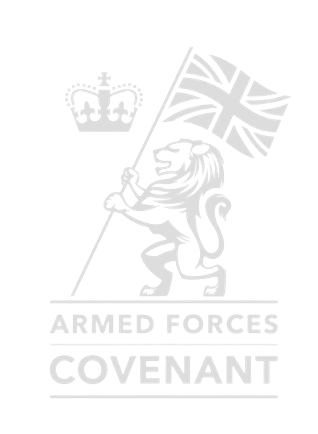
Too many organisations approach resourcing like a box-ticking exercise. There’s a project to deliver, so they hire the people they think they need, often based on a job description that hasn’t changed in years. On paper, everything looks fine. In reality, the gaps appear quickly. The team doesn’t have the right mix of experience, roles overlap or leave blind spots, and instead of driving the project forward, businesses find themselves working around the limitations of their own workforce.
Transformation projects suffer the most from this. Unlike business-as-usual hiring, where roles and responsibilities stay relatively stable, transformation demands a more dynamic approach. The skills needed at the start of an initiative won’t be the same as those required later on. But traditional resourcing models don’t account for this. They’re built on fixed contracts and rigid structures that fail to reflect the real demands of change. That’s why so many transformation projects stall—not because the organisation lacked talent, but because they brought in the wrong expertise at the wrong time.
A consulting-led approach flips this entirely. Instead of starting with a job title and working backwards, it begins with a clear understanding of the business challenge. What’s the outcome the organisation needs to achieve? What skills and expertise will make that happen? Rather than defaulting to permanent hires or generic contractor roles, the focus shifts to building a talent strategy that aligns with the actual requirements of the transformation. The result is a model that prioritises outcomes over headcount, delivering talent that’s not just capable but truly fit for purpose.
Insight is at the heart of this. A consulting-led approach doesn’t rely on assumptions about what a business needs. It engages directly with leadership teams to diagnose the challenges before shaping a resourcing solution. That might mean a mix of high-level strategic expertise at the start of a programme, followed by hands-on specialists during implementation. It could involve a more flexible team structure that scales up and down in response to project demands. The key is agility—being able to adjust the resourcing model in real time, rather than locking in decisions that no longer make sense six months down the line.
Efficiency plays a major role too. Businesses waste significant resources on poorly structured resourcing. Too many projects are staffed inefficiently, with organisations either overcommitting on long-term hires or scrambling for last-minute fixes when gaps emerge. A consulting-led model avoids this by mapping talent needs to project phases, ensuring businesses only bring in expertise when it’s needed, for as long as it’s needed. The result is leaner, more effective teams, with every role delivering real value.
Transitioning to this approach requires a shift in mindset. It means moving away from recruitment as a transactional process and towards resourcing as a strategic function. The organisations that get this right don’t just complete projects more effectively—they set themselves up for long-term success, building a model that can adapt to future challenges rather than constantly playing catch-up.
At Malikshaw, we’ve helped businesses make this shift, providing insight-driven resourcing strategies that transform the way they access and deploy talent. If your organisation is facing a major change initiative, it’s worth considering whether your current approach to resourcing is fit for purpose. If not, maybe it’s time for a conversation about what better could look like.






